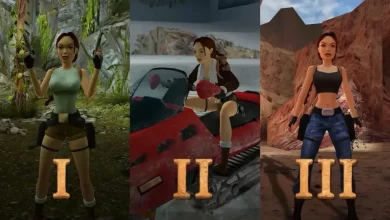Fourteen lean years have passed for fans of the Prince of Persia series, and some other Ubisoft titles that took a front seat in the company’s game lineup from time to time, and instead other games appeared and achieved successes that made returning old titles difficult, and therefore Prince of Persia represents a major event in In the gaming industry, it is the return of the Prince of Persia games – even if it is not a return as some wish – with a new identity that provides a two-dimensional platform gaming experience, relying on designing environments in a Metroidvania manner and focusing on puzzles and traps in a way that brings to mind the classic design of the game. The first Prince of Persia, released in 1989 on the Apple II platform, but in a contemporary format. Did you provide an experience worth having?
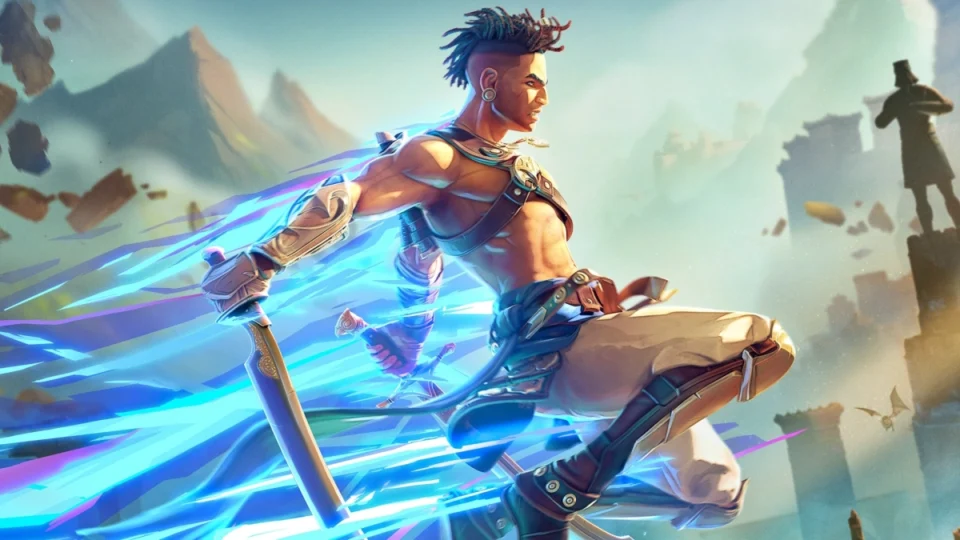
Game story without spoilers:
The events revolve around a group of warriors who call themselves “Immortals” and they serve the court of the Queen of Persia, and are responsible for her personal protection and the kingdom’s protection against any external dangers. Things quickly take a dangerous turn as Prince Ghassan, the queen’s son, is kidnapped and the Immortals embark on a search trip. About him in Mount Qaf, which is inhabited by strange creatures, and is characterized by a complex design that makes moving around, exploring, or searching in it difficult for the hero “Sargon.” Here comes the role of the abilities and tools that Sargon acquires over time, as they make him able to explore more of the palace rooms and areas of the mountain. .
As we can expect, the story is not the most important thing in the game, as it is a game that depends more on the design of the environments and the style of play, but nevertheless it provided something that was respected at a distinct and attractive level for players, especially those who played the first parts, as The Lost Crown succeeds in intelligently linking Some elements of the old parts and the new part, without spoiling either.
The game benefited from ancient Eastern mythology and Persian civilization and mixed them together in a distinctive way that takes into account the eastern identity of the game, its characters, and its environments. Therefore, there is some information about the Persian heritage and civilization that was intelligently placed in the game.
The plot was distinctive, full of unexpected surprises and twists, and I considered it one of the best presented in Ubisoft games in recent years. But it must be noted that the game does not focus much on the story, which means that in many of my playing moments it was not the primary motivation for completing the experience.
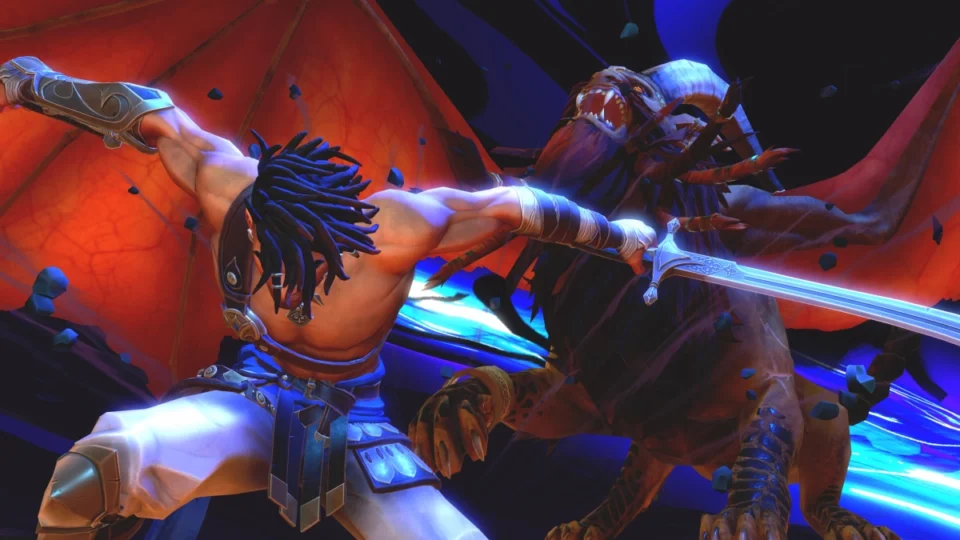
If you are wondering, do I have to play any previous part in order to enjoy Prince of Persia: The Lost Crown, then the answer is no. The game’s story is a separate story in itself and does not try to complicate things for new players. The story is presented with excellent cinematic clips and wonderful performances, aided by the game’s artistic identity, which leans cartoonish, something the game benefited greatly from.
As for the dialogues, they take place through an animated mode in a way that I frankly did not like, but I understood that a game with this production value cannot present 100% of the dialogues in a purely cinematic manner. So, the story may not be for you if you are waiting for a 100% cinematic story, or a game that focuses primarily on the story.
One of the biggest flaws in the story for me was the British accent spoken by the game’s heroes, which brings back my memory of presenting the same thing in Assassin’s Creed Unity when the heroes were French, but the voice actors spoke with a perfect British accent, which contradicts logic, strikes at realism, and affects my integration. In the atmosphere.
Personally, I prefer to choose voice actors who are from the region where the games take place, or at least can mimic the accent that person would have if they tried to speak English. Just like Assassin’s Creed Mirage, what I presented with Bassem Bin Ishaq and other game characters, which helped me integrate with the atmosphere and believe the story.
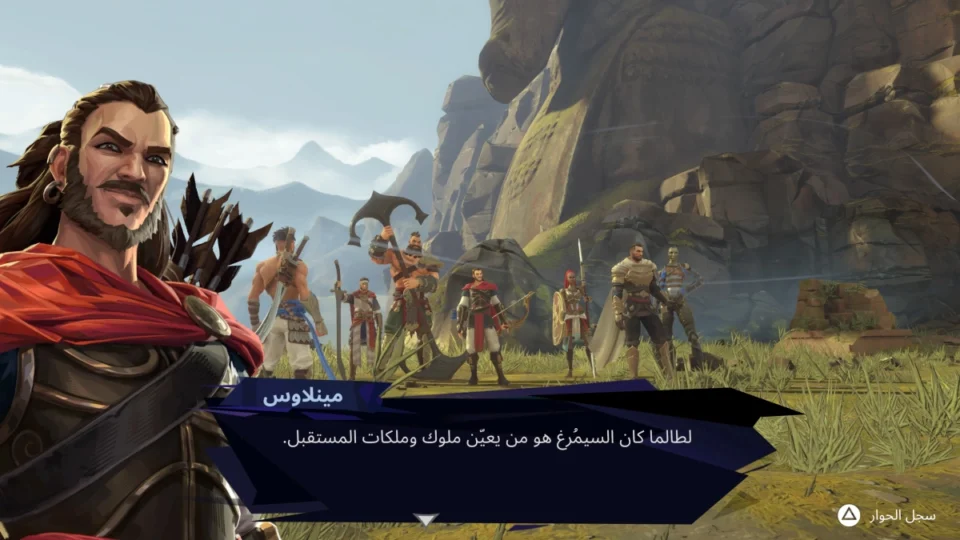
Gameplay: A completely new direction for the series…
The gameplay presents Jabal Qaf in a complex and diverse manner at the same time. As is usual in games of the MetroidVania design, the abilities and tools that unlock over time provide you with more ways to navigate, and allow you to enter places that you did not have access to before. The game begins with a simple battle that serves as a tutorial, then the fray begins with the complex design of environments and stages, which is what I liked most about the game. Most of your time will be spent between 3 things, which are platform jumping, battles, and solving puzzles, all of which are elements that are presented in an ascending order, where the difficulty increases over time by offering more tools and abilities, which makes using them interconnectedly a matter of necessity to pass obstacles and reach new areas.
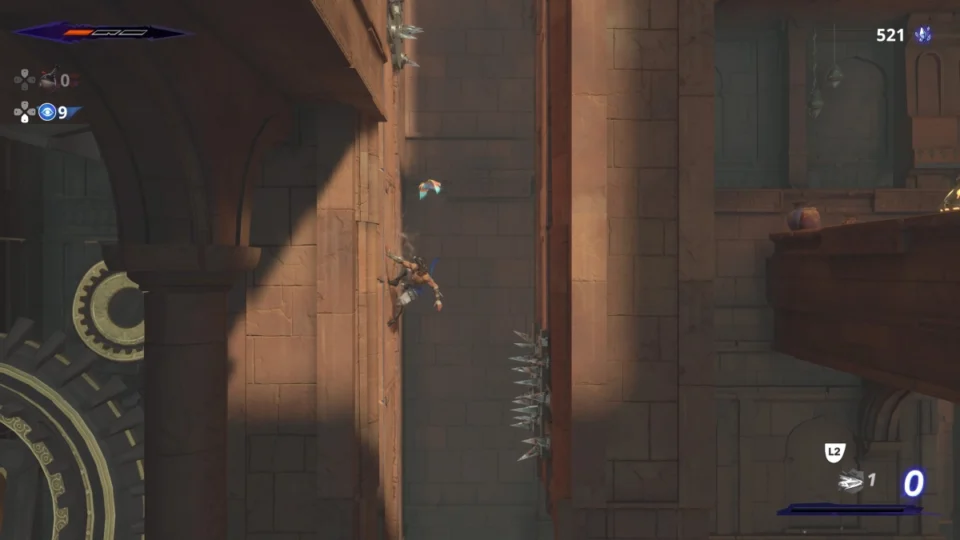
The game begins by giving you two swords (Qais and Laila) with only two combat movements available, which are blocking and sliding. The combat system initially focuses on providing direct fights on the ground, relying heavily on timing to successfully block strikes. When the enemy is lit in yellow, the hit is blockable, and when it is lit in red, it is a hit that must be dodged. You can also jump and hit enemies from above, or hit them from the ground up and lift them into the air, which deals more damage. The matter becomes more complicated over time, as additional skills and weapons are introduced, such as the bow and arrow, the dash ability, and other abilities called the Dimensional Claw, which is an ability that allows you to open a new dimension in which there are new platforms to jump on. does not exist in the original dimension. Most of the important abilities provided by the game on the grounds that they are abilities acquired from the sands of time, which return again from the previous parts. There are abilities that you acquire as you progress in the game, and I felt that they are diverse and change a lot of the style of play, and their distribution was fair, so I did not feel bored with repetition, and I did not feel that the abilities were many to the point of chaos that made me neglect some abilities, but rather I used them all almost equally depending on the environments.
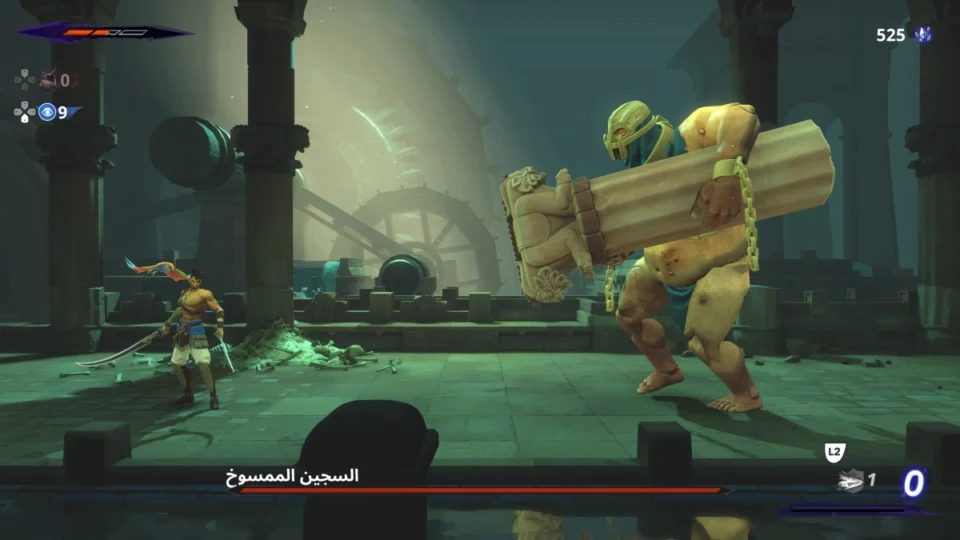
There are also more powerful combat skills called Finishers’ abilities that Finishers can perform whenever their meter is full, and they represent a difference in major battles with bosses in particular.
Developers are keen to provide environments that challenge you as you gain new abilities. As the game progresses, navigation becomes more difficult and challenging. The matter is not limited to the idea of adjusting the timing of jumps, or avoiding specific traps, but rather integrating more than one element into one obstacle that the game puts in front of you. An example of this is the design of Environments controlled by awesome bells.
In some areas of the game, there are bells that, if you hit them with an arrow, show you platforms that you can jump on for a specific time and then disappear again, and you have to time your movement with the window of these platforms appearing and disappearing. In another stage, there are a number of traps that require you to use one of your abilities sequentially with perfect timing. If you fail, you will die, and death in the game here means that you may regain some of your playing time because the game offers a system similar to the Souls games in distributing save points at a tree called the Cuckoo Tree.
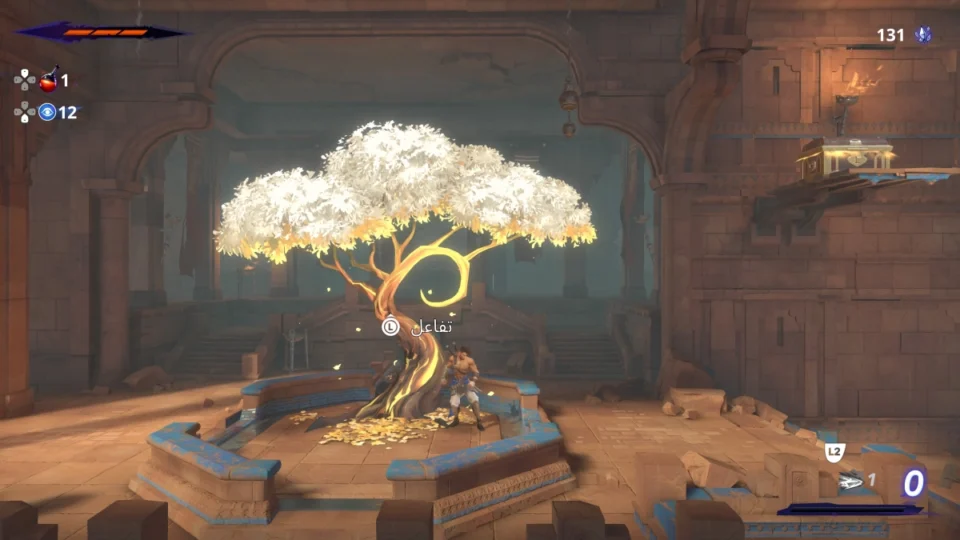
In order for the game to overcome the complexity of the level design of the stages, it introduces a new gameplay mechanism that made a big difference and made the game more welcoming to players new to this type of design, which is the feature of taking pictures and keeping them within the game log. You have 10 images to keep, they appear on the map for you to come back to later if you get a new gadget that you think might come in handy.
Whenever you die, you lose 5-10 gems from the gems you collected from fighting enemies, and you return again to the last save point at which you saved your game, and all the enemies you encountered on your way back to life, and you lose everything you discovered between your last save point and your death, but fortunately you keep With the treasures and collectibles you have collected.
Speaking of treasures and collectibles, there are side missions distributed across the map, most of which involve getting to know the residents of the place where the game’s events take place, or exploring it, and you are usually asked to collect things or kill monsters for the benefit of specific individuals. I didn’t like the side missions very much, but they succeeded in their main purpose, which was to provide something that made me enjoy exploring the world and getting away from the story a little from time to time.
One of the most amazing things presented in the side content were the side boss battles. I faced a large number of side bosses that I had not taken into account, and I enjoyed using my new abilities to overcome them, especially since battles represent one of the most difficult and challenging aspects of the game.
There are two things I fault with the design of the environments. The first is that fast travel points are separated from save points. This means that at the cuckoo trees, which are abundant around the map, you can save your progress, but in order to use fast travel you need to go to specific points, which are fewer in number. This contributed to a lot of moments where I had to go back to where I came from (back tracking) thus prolonging the events for no serious reason. The second thing that bothered me was that enemies returned from the dead as soon as you left their location. Even if you don’t save your progress at the cuckoo tree.
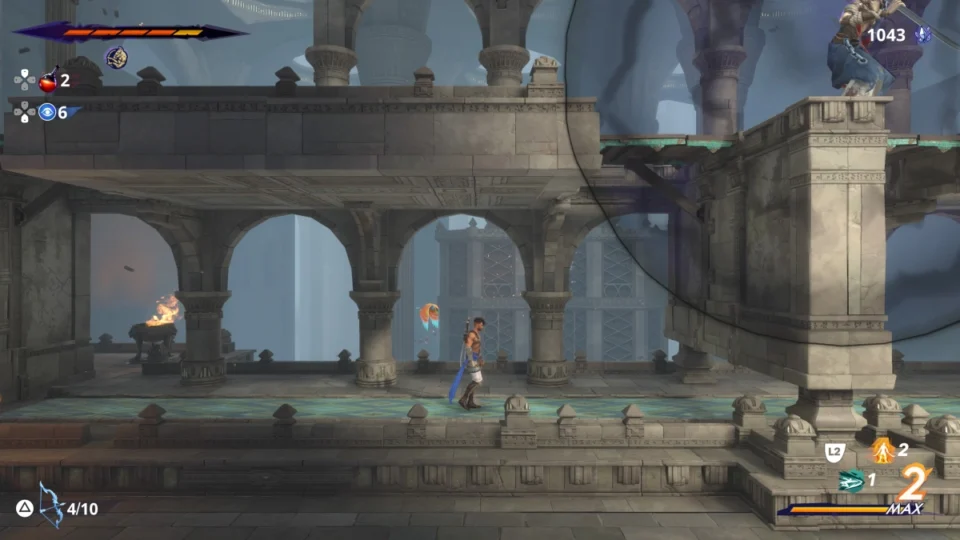
Games of this type usually respawn enemies once you save your progress and charge your character’s energy, to avoid players exploiting this as a loophole. If this thing is not present, the player may fight, then save, and return to explore the place without feeling any pressure from the enemies, so developers usually turn to this design option. Here, it’s more random, as enemies respawn at full energy while your energy is depleted, which restricts exploration a bit.
To overcome the difficulty of battles, the game offers an elaborate character upgrade system, through a set of amulets that Sargon, the hero, wears as an accessory on his neck. Some amulets require one slot to wear, and some require two or three slots. The game starts with only 4 amulet slots, then expands as you progress, as you are able to upgrade them through one of the collectibles called the “Amulet Bearer.”
The things that these amulets add are useful most of the time, such as increasing your maximum health bar, or increasing the damage caused by your sword strikes, and things like that. However, if you want to increase the efficiency and strength of weapons, or the strength and number of life elixirs, there are two options in front of you. There are Merchants are distributed throughout the map from whom you can purchase new upgrades and amulets, or you can work with a blacksmith to create stronger versions of your weapons.
In general, the playing style is fun, diverse, and provides a lot of depth in using abilities to overcome obstacles, and the boss fights provide a different kind of challenge similar to Souls games in terms of their difficulty, the way each boss is confronted is different from the other, and its wonderful visual design. The gameplay is undoubtedly the best aspect of the game, despite some flaws that would have made the game closer to perfection. But the game in its current state offers an enthusiastic experience that is unlike any other game we have seen in recent years, and I believe it will be a milestone in the history of Ubisoft. Go ahead and produce more of these mid-production games with new ideas.
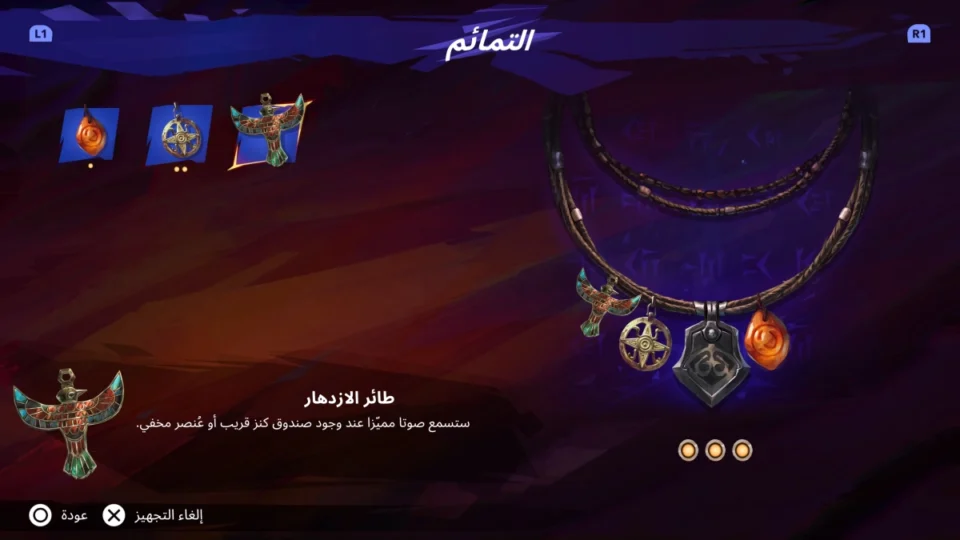
Customize difficulty level
The game offers several difficulty options, 5 in total, including the customizable difficulty system, which allows you to control the extent of damage to enemies and the damage done by your own strikes, and various things that make customizing the experience to suit you in a way that does not make it more difficult than necessary, which is a welcome thing in the game. It may attract players who do not prefer excessive difficulty.
I see this being introduced in a lot of games lately, and I think it’s great because it allows all types of players to experience the game and enjoy it regardless of whether they like the difficulty or not. But even with these options, the game maintains a challenging level at all times.
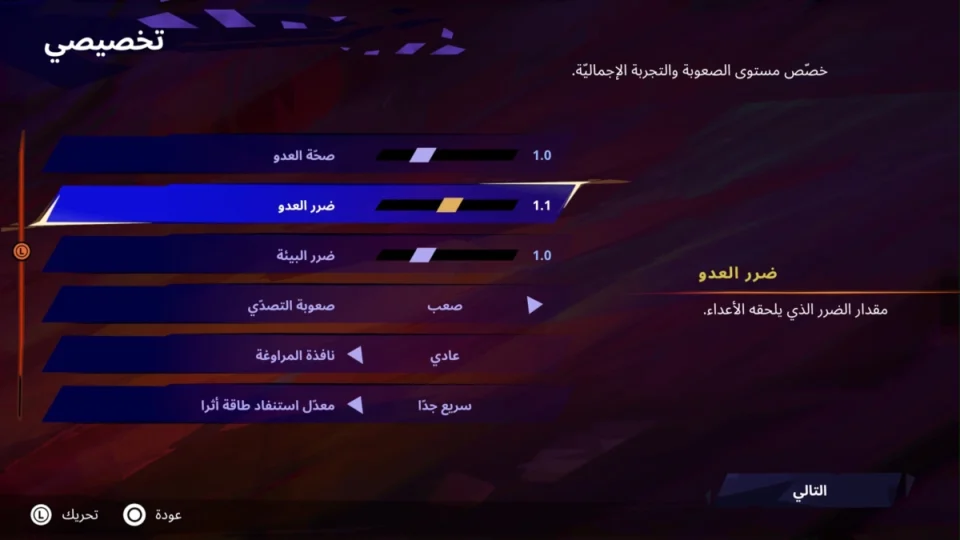
Arabic translation
Prince of Persia: The Lost Crown offers a fully Arabized experience in the form of text translation of menus, dialogues, and texts in the game, and the localization has provided an excellent level, similar to most Ubisoft games in recent years. The use of eloquent Arabic language was on point and it was easy to understand the story and events accurately using translation. It bothers me when games fail to successfully convey the game experience in Arabic, which fortunately did not happen here.
But there is an issue that also appeared in Avatar: Frontiers of Pandora, which is the reversed word format. This time I only encountered this problem in the pause menu during cutscenes, but other than that I did not encounter any problems with the subtitle format.
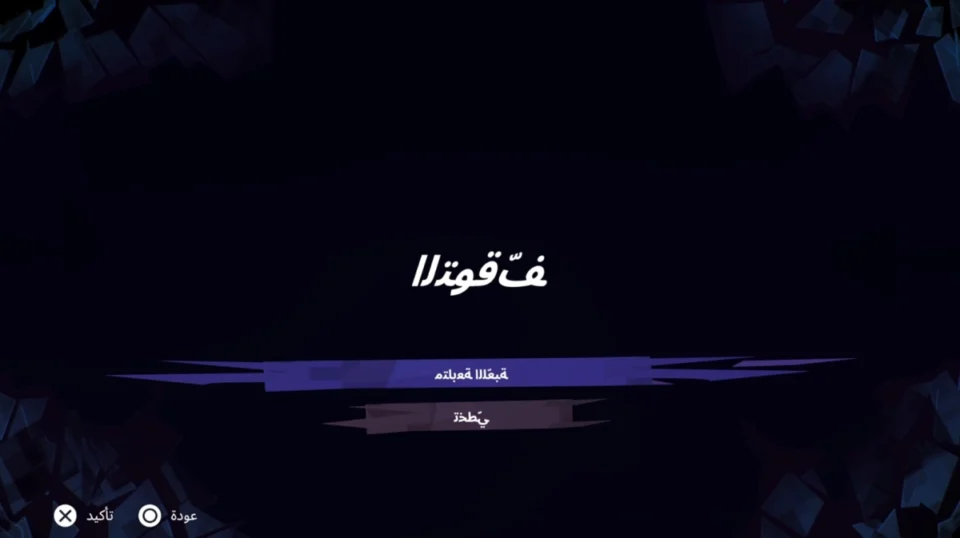
Visual and auditory experience
The game was reviewed on PS5, and I got stable and satisfactory performance. I only encountered a technical problem one time that caused the game to freeze and required me to close it completely and open it again. Of course, in games of this type you will not be able to return exactly where you left off, and the result was a loss of about 12 minutes of my progress. Other than that, I haven’t encountered any problems.
The visual aspect may be the aspect that many players criticize, but I actually liked it a lot, because I am a person who loves bold attempts to present new things. Yes, this game may be far removed from the high production value AAA experiences that the series is known for, but at the same time what it offers in terms of the artistic and graphic level is something unique of its kind that we do not see very often.
The experience of Prince of Persia: The Lost Crown presented me with a set of classic ideas in a contemporary style and a visual level with a great deal of diversity in colors and shapes that made me feel that every new environment I discover is a completely new game. The amount of detail in every corner makes the environments rich on a visual and design level as well.
The music suited the atmosphere. I expected something close to Assassin’s Creed Mirage, but it wasn’t quite as good. I liked the music at times, but overall, I felt like it was something behind me, intended to calm tension, or raise it during difficult battle moments…and it succeeded in doing just that.
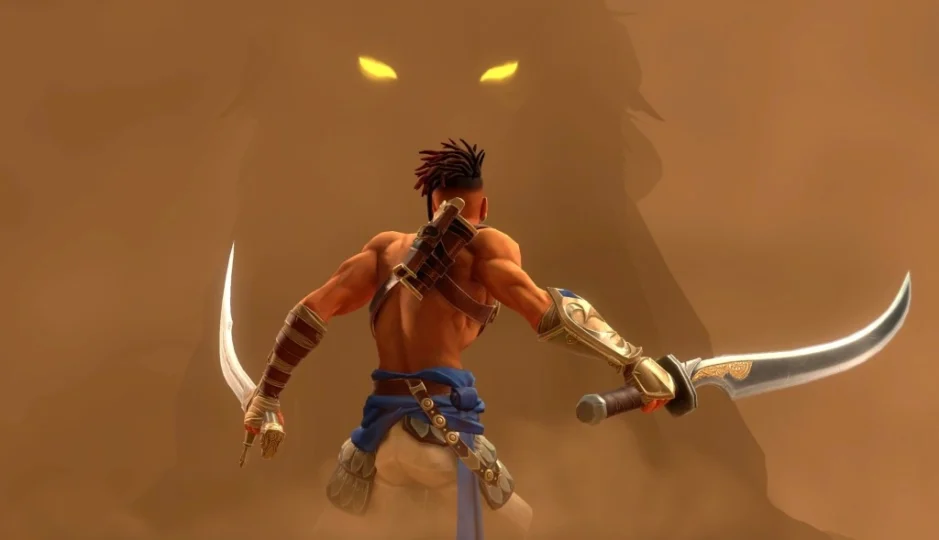
last word:
Prince of Persia: The Lost Crown succeeds in blending different types of games, and offers a type of experience that we have not seen in a long time, with new and original ideas, a genius level of environment design with an increasing difficulty level, distinctive abilities, and a beautiful art style, but unfortunately. This experience is not without some strange design choices, and shortcomings that include translation problems and stretching out events to extend the life of the game. In general, it is an experience worth having, especially if you are a fan of platform games or 2D games.
